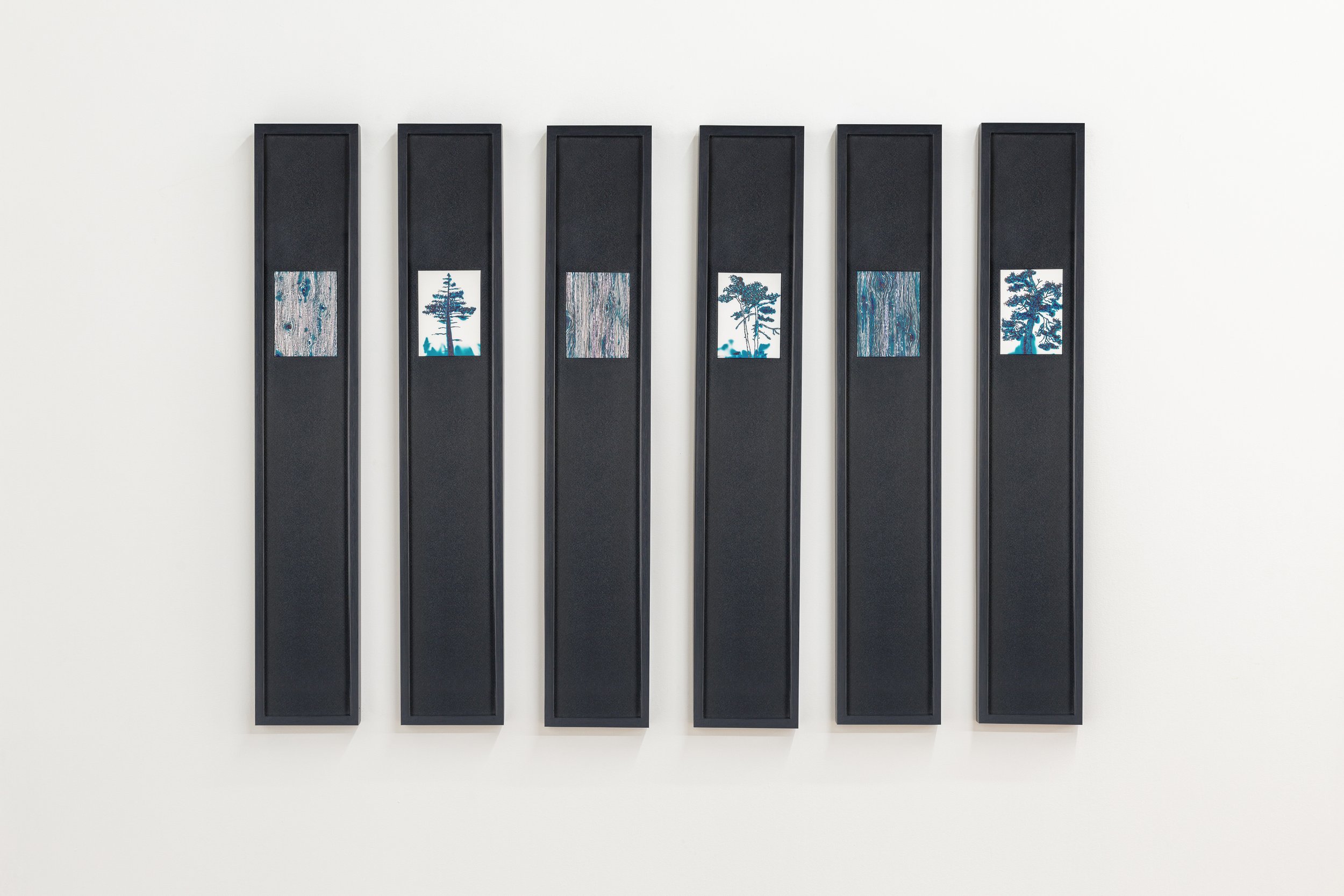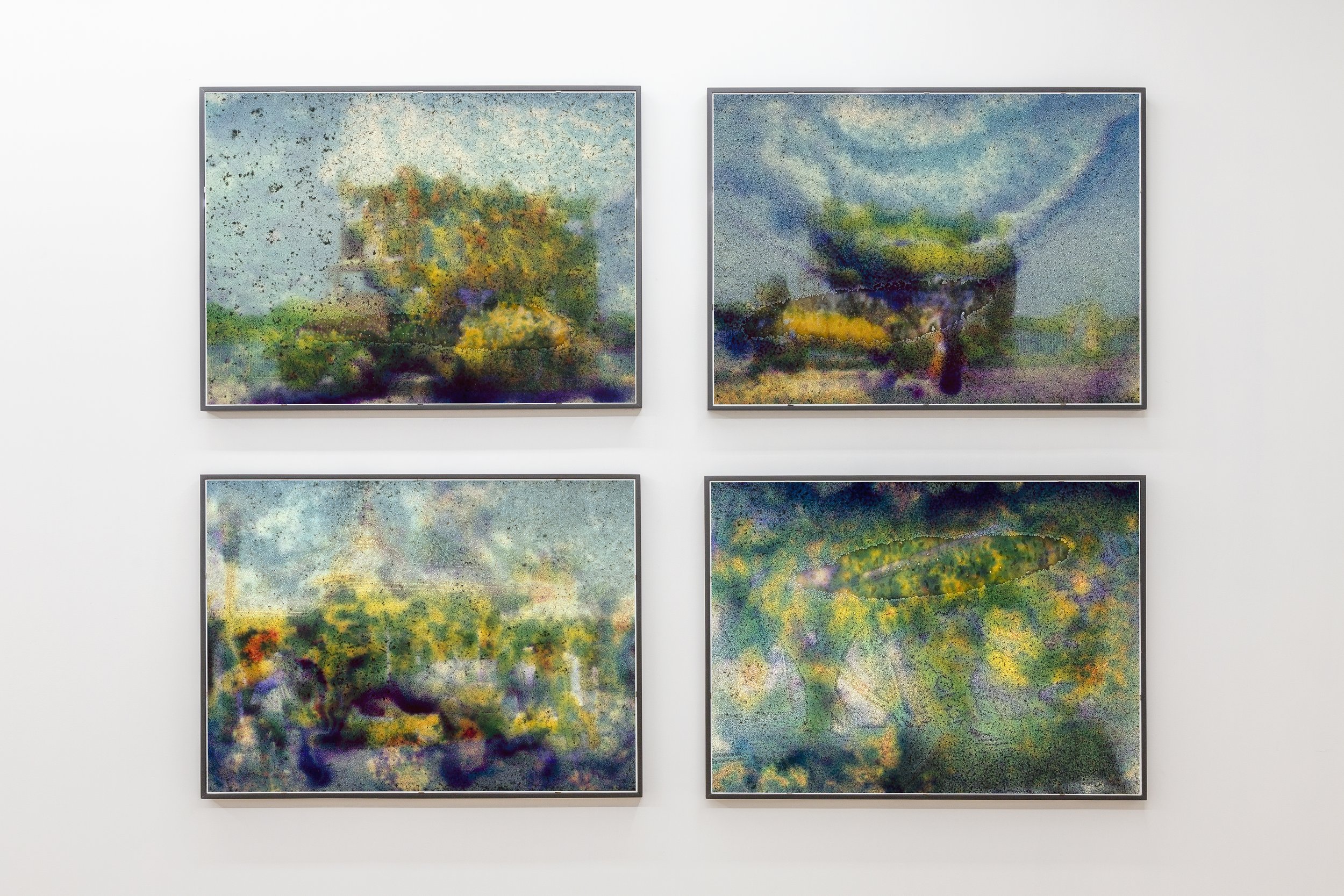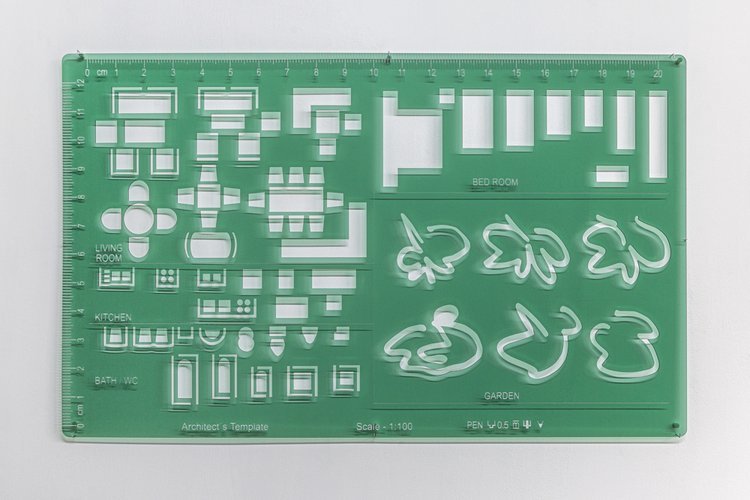ESPAÑOL | ENGLISH
JULY - SEPTEMBER 2021
TRONCO COMÚN
iteraciones del árbol / iterations of the tree
The eyes are accustomed to the light, but just as they can get used to the dark, they can get used to a landscape: the depth of a valley, the changing but permanent tones of volcanic earth, the fissures and outlets, the veins and crevices of the trees. When a branch falls, the phantom pain remains and the lump in one's throat becomes a void—fungal commissures. Absence and silence drown the gaze, which does not focus when it does not identify that branch— its leaves, its smell— in the landscape. The weight of emptiness, of loss, corrupts the relationship with oneself, when we fail to see the fragments that take away the fibers of the grain that the wood solidifies. We believe that we are incomplete, desiring to recover that part that is imprinted in the wood, in the veins of the leaves; in cassettes, vinyls, posters, clocks. We lose loved ones and we look for them in objects, ornaments and photos. Will a trunk remain? Will it take root from a common place? Objects are more static than earth, matter and body.
We begin to train our eyes when we begin to see ourselves differently. To see what is, and not to look for what was. To recognize the memory of the branches, the arm, the melody of laughter and to decipher the new landscape: silence speaks loudly. To stop at different points of the timeline (moving backwards, moving forwards), and to see then from the same tree, its iterations. The recomposition of matter: we are whole, although we have also been truncated. The above is alive when it is deformed, revised, and the gaze becomes sharper when we converse not with the object, but with the intention and the sensation it preserves. The perfect imperfections of approaching the gaze of the passerby, from the root, to ramify its past intention in the present. We can teach our eyes to search.
To dig until we find the common trunk that blurs the lines of time, the action of brushing the edges of discomfort, the incompatible. It cannot be released, if it is not recovered first. The conscious action of truncating, reseeding and delaying is a turning point. It is where we begin to allow. We integrate what we thought we had lost, when we understand that objects do not contain the gaze, and that the gaze imitates the tree - its branches, its variants, its possibilities - and we educate the eye, the touch and the words to return to any of its iterations.
— Patricia Trigueros
THE ARTIST
ANA WERREN
FEATURED WORKS














